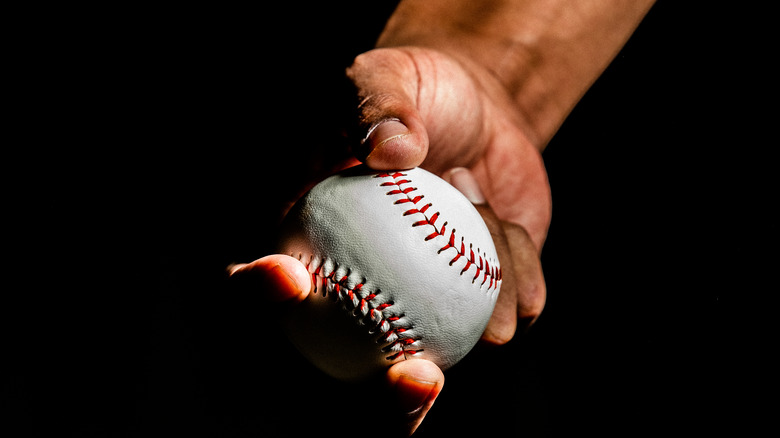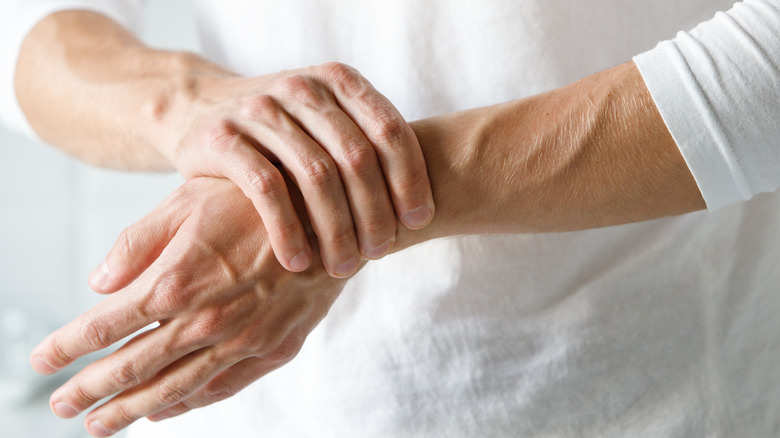What It Really Means When An Athlete Gets The 'Yips'
If you say an athlete ”choked" during a game, most people know what you mean. Even people who don't follow sports will grimace because they know the player messed up and quite possibly cost their team points if not the whole game. But if you say a player had the "yips," you're not going to get the same reaction. Unless they follow sports, most people associate "yips" with small dogs instead of sports. And those who do know about it probably think it's the same thing as choking.
Yips can contribute to choking, sure. But they're their own issue. One that should be more widely known, since it can end a player's career. It already happened to at least one major league player. Healthline tells the story of Steve Blass, one of the best pitchers of all time when he was in his heyday in the early '70s. At least until he was forced to retire in 1975 after developing the yips. For a while, the condition even earned the secondary name of "Steve Blass Disease."
At the time the yips were blamed on anxiety. People thought that athletes developed performance anxiety and lost the ability to play. Modern researchers have a different theory. While anxiety plays a part, they believe the root cause of the yips might just have a neurological root as well.
It's all in the wrist
The yips are specifically issues in the hand and wrist. The Mayo Clinic says these issues usually present as muscle spasms the person cannot control. In some cases, however, the movement isn't that severe. A person with the yips may instead experience freezing, twitches, or tremors in the muscles.
This sort of focused muscle issue is known as focal dystonia. The National Institute of Neurological Disorders and Stroke refers to it specifically as a task-specific focal dystonia, one caused by repetitive motion. It's a little like tennis elbow but rather than the muscles swelling, they move involuntarily. And unlike tennis elbow, dystonias are neurological, though the specific roots are still unknown.
The Mayo Clinic says that there are three main treatment options for athletes suffering the yips. Athletes can try changing how they perform an action. This usually means switching from one hand to the other. Severe cases of the yips may be treated with Botox injections, which, while not a cure, will stop the muscle tremors.
Therapy is the third option and the one likely to help in the long run, as the yips are made worse by anxiety. According to the American Psychological Association, sports psychologists understand the personal and social importance of sports, and can address the roots of the anxiety and offer coping strategies designed specifically for athletes. The strategies might not be perfect. But they could keep a player in the game.


